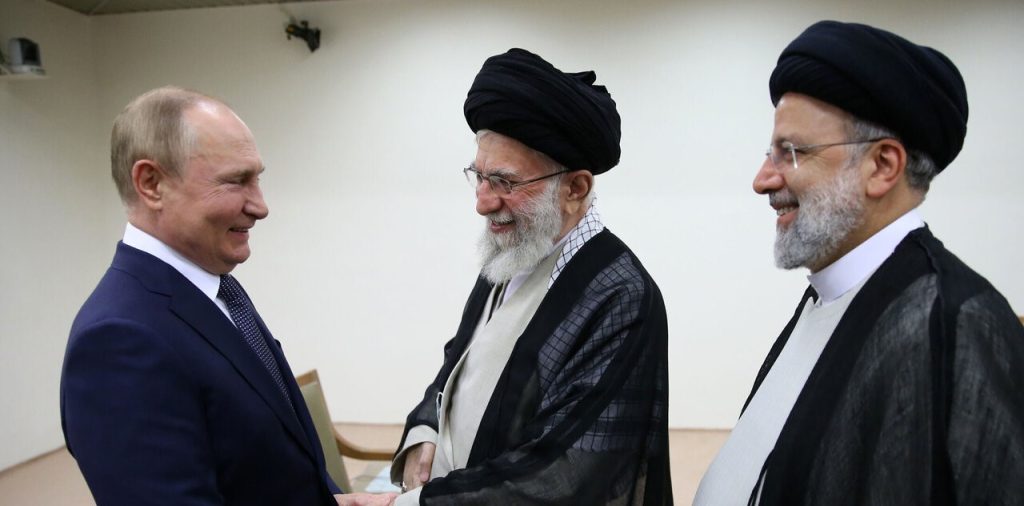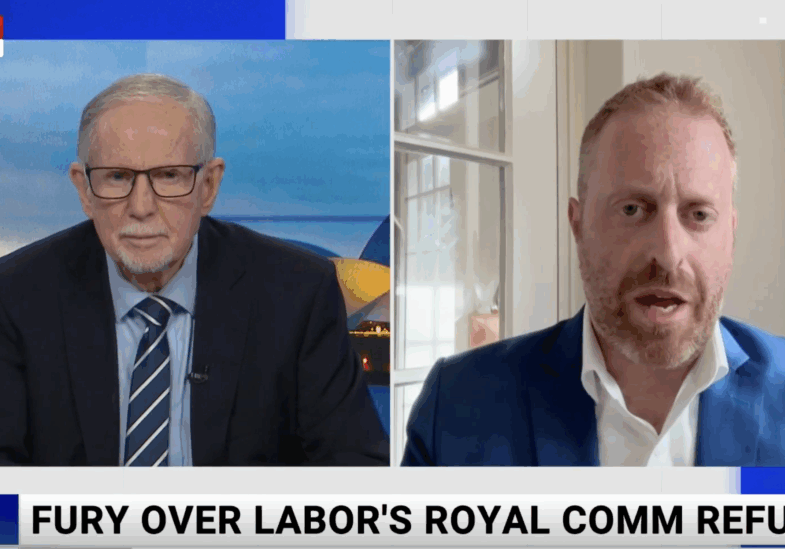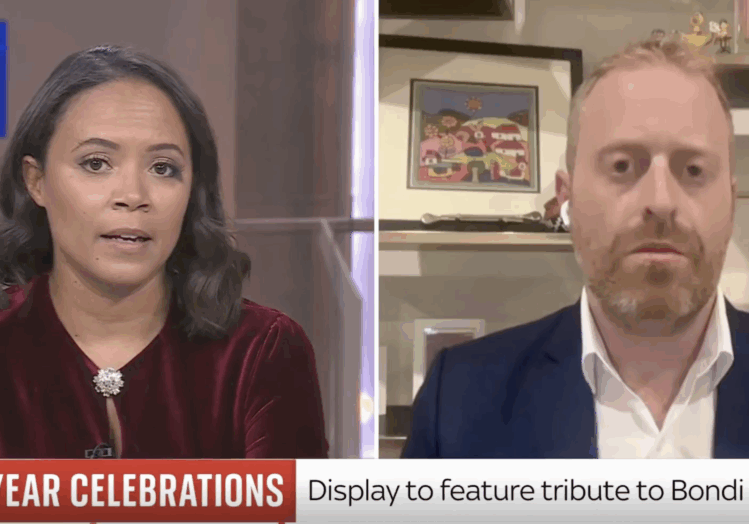FRESH AIR
The Russo-Iranian alliance comes to Europe
December 1, 2022 | Oved Lobel

“We naturally think that relations between Russia and Iran are a serious problem not only for Israel, but also for Ukraine, Europe, and the whole world. Iran is a dangerous terrorist state, and the fact that Russia is doing business with it puts the whole world in danger,” Israeli Prime Minister Yair Lapid told the Russian-language RTVi channel in late October.
Lapid is correct: the Russo-Iranian alliance is a global threat, not merely a regional one. Unfortunately, this somewhat belated recognition still hasn’t prompted any effective remedial action by either Israel or the rest of the world, and so the joint imperial march by Russia and Iran through multiple continents and conflicts continues.
The Nature of the Islamic Republic’s Regime
Until this year, most of the analysis on Russia-Iran relations stressed a cynical, transactional, tension-filled relationship and some variation of the “centuries of mistrust” narrative, in which a true strategic alliance could never be possible because Iranians did not trust Russia given their history.
In an irrelevant sense, this is true: many Iranians do not trust Russia, an imperial power that in various forms over the centuries has broken off pieces of Iran, invaded and occupied the country and tried to seize total power internally until the mid-1980s.
It would be a mistake, however, to view the current regime in Iran as Iranian in any relevant sense. It is simply a multinational Islamic clerical network playing a shell game, operating under various aliases and maintaining ties to the Soviet Union’s global client network since before 1979:
Often dubbed the “resistance axis,” the IRGC is no ordinary national army but the vanguard of a multinational Islamic revolution—a supranational monolith whose nerve center is located in Iran. As such, it is no more Iranian than Hezbollah is Lebanese or Ansar Allah is Yemeni.
It is inappropriate, as I argued regarding the Taliban and other groups operating in Afghanistan, to use categories like ethnicity or nationality when describing the current regime in Iran and its Islamic Revolutionary Guard Corps (IRGC):
The analytical problems stem from the very language used to describe the elements of the war, which in English and other Western languages is saturated with assumptions about identity, particularly nationality and ethnicity, that have little relevance in discussions of Islamist groups and the states in which they operate…This mode of thinking leads to the arbitrary division of integrated, supranational networks into states and their “proxies,” when what is really being discussed is an ideological movement that happens to control some territories we think of as states.
The IRGC’s own indoctrination materials do not mention Iran, referring to themselves as “Mujahedeen” rather than Iranian soldiers. Indeed, as the organisation’s name implies, these are the guardians of the regional and global Islamic revolution, not of Iran. Thus, Russia’s historical imperialism and treachery against the Persian Empire and the nation of Iran are meaningless to the regime.
Global Iran-Russia cooperation
The relationship between Iran and Russia is neither recent nor transactional. This entirely ideological alliance began before the collapse of the Soviet Union, particularly with the division of Afghanistan in the mid-1980s, and it is strange that until this year, the conventional wisdom continued to stress tensions and differences rather than partnership, as the historical record of the past few decades makes very clear that Russia and Iran are part of the same “strategic set”.
The first Russian move following the collapse of the USSR was the massive sale of arms to Iran, despite severe US pressure and a secret mid-1995 pact between then Vice President Al Gore and then Russian Prime Minister Viktor Chernomyrdin to cut off such sales to Iran by 1999 in exchange for not being sanctioned. In 2007, Iran and Russia signed a deal for the S-300 air defence system, which was ultimately delivered to Iran in 2016.
During the Second Intifada, it was via Moscow that the Palestine Liberation Organisation (PLO), a former Soviet proxy, was able to meet with and secure help from the IRGC, ultimately resulting in the Karine A affair, in which a massive arms shipment to Palestinian terrorists was intercepted by Israel. Russia continues to maintain ties with all Palestinian terrorist groups, including IRGC clients and proxies like Hamas and Palestinian Islamic Jihad.
Russia also began encouraging the IRGC’s regional expansion via their joint client regime in Syria, ensuring that the IRGC’s Lebanese front Hezbollah was well-supplied with its newest missiles for its war with Israel in 2006 despite multiple Israeli complaints to Moscow. As Russian Deputy Foreign Minister Mikhail Bogdanov emphasised in 2015, “We maintain contacts and relations with [Hezbollah] because we do not consider them a terrorist organization.”
Of course, after the jointly-planned Russo-Iranian intervention in Syria in 2015, that relationship grew exponentially, with Russia directly arming Hezbollah with heavy weapons; providing it protection from Israeli airstrikes inside Russia’s Hmeimim airbase; ferrying Iranian weapons to Syria; and even using Iran’s Hamedan airbase to bomb Syria. Russia also recently launched a satellite for the IRGC.
Globally, wherever one finds a key Russian client state under duress, the IRGC is not far behind. This was most notable in Venezuela, where Russia and Iran leveraged their respective long-standing alliances with Cuba and each other to shore up the regime of Nicolas Maduro, and both countries supply him weapons – including Iranian drones and ongoing attempts to transfer other IRGC capabilities – and funds, as well as jointly helping revive Venezuela’s oil industry and shipping its oil around the world.
Less often covered is the joint Russo-Iranian effort to help the brutal junta in Myanmar in its civil war against its people. In what has long since become a global phenomenon, Russia, China and Iran will act in concert to defend their clients and allies and advance one another’s imperial projects. The junta in Myanmar has long been a close ally and client of both China and Russia, its largest and second largest weapons suppliers respectively, so it was no surprise when the first reports of IRGC weapons shipments to the junta, allegedly including missiles and drones, emerged in early 2022.
In Africa, meanwhile, Russia and Iran reportedly coordinate to help Al-Qaeda’s Al-Shabaab in Somalia to undermine US and international efforts to stabilise the country and conduct counterterrorism missions. In the Central African Republic (CAR), the IRGC and Russia are co-located and almost certainly coordinating operations, with the former allegedly running a local subordinate militia and agent network. These ties have likely grown closer since CAR essentially became a Russian colony once Moscow helped put down an attempted coup and preserve the regime during an ongoing civil war.
It is also no surprise that Iranian Foreign Minister Hossein Amir-Abdollahian’s first stop on his Africa tour was Mali, in which a Russian-backed coup brought a Russia-aligned junta to power. It is likely that other Russian client regimes in Africa, such as the junta in Sudan, will also welcome back the IRGC, assuming it and its proxies were ever truly expelled in the first place. Russia’s “implausible deniability” expeditionary force, Wagner, is known to have received Iranian drones in Ukraine, and it’s likely a similar arrangement exists in Africa, as well.
But it is in Ukraine where the full extent of the Russo-Iranian alliance is most visible. Iran has not only provided hundreds, and potentially thousands, of drones and loitering munitions to Russia, but is also providing it body armour and helmets and plans to transfer ballistic missiles, as well. Additionally, IRGC advisors are already on the ground in Crimea and potentially in Belarus and other Russian-occupied areas of Ukraine overseeing attacks – several have reportedly been killed in Ukrainian strikes. Russia and Iran have also come to an agreement to mass-produce hundreds of Iranian loitering munitions inside Russia. Additionally, the two allies are reportedly coordinating to recruit scores of former Afghan special forces who fled to Iran after the Taliban takeover to fight for Russia in Ukraine.
Iran, for its part, has reportedly asked Russia for help with advancing its nuclear program. Iran’s claim of developing a hypersonic ballistic missile, while likely false for now, should be viewed in terms of its broader cooperation with Russia and thus as a real possibility in the future.
Conclusion
The idea that a wedge could ever be driven between Russia and Iran, in Syria or anywhere else, has been tested for decades and proved definitively false. The historical pattern and the breadth and depth of Russo-Iranian cooperation in every sphere demonstrates quite clearly that there’s no quid pro quo and that the relationship is not transactional. Instead, this is a long-standing, ideological strategic alliance and must be treated as such if any policy dealing with either is to be effective.























